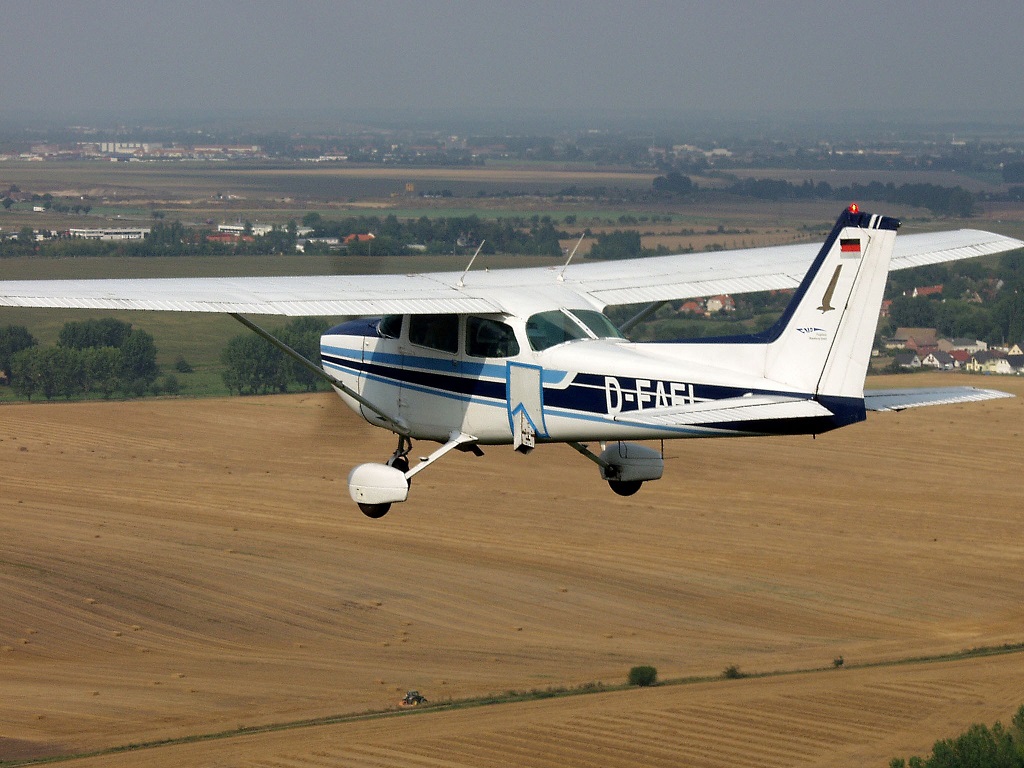Control of rabies
Rabies control in dogs

Especially companion animals such as dogs and cats are potential vectors for
rabies transmission to humans. Canine or dog-mediated rabies contributes to more
than 99% of all human rabies cases; half of the global human population
especially in the developing world lives in canine rabies-endemic areas and is
considered at risk of contracting rabies.
There are many effective animal rabies vaccines available that provide a
considerable duration of immunity. In countries with dog-mediated rabies mass
parenteral vaccination programmes in dogs remain the mainstay of rabies control.
A comprehensive new tool aimed at guiding practitioners in implementing canine
rabies control programs with the overall objective of preventing human rabies
deaths is the
Blueprint for Rabies Prevention and Control (www.rabiesblueprint.com).
Today with
large areas of Europe gaining the rabies free status, nevertheless vaccination
of pets remains an important part of prevention. Travel with pets from countries
with endemic wildlife- and/or canine rabies is a risk for public health in
Europe and can result in re-infection of freed areas. Therefore, strict laws and
regulations have been implemented to control the movement of pet animals, e.g.
dogs, cats and ferrets have to be vaccinated before travel and a sufficient
immune response has to be achieved
(see pet travel).
Control of fox rabies
Rabies in Europe is
predominately sylvatic rabies, with wildlife species accounting for
approximately 80% of all rabies cases. Of these, more than 80% are red foxes (Vulpes
vulpes), a member of the canidae family. In the past, conventional
methods of fox rabies control such as intensive culling or trapping aimed at a
disruption of the natural route of infection among foxes by reducing their
density. In fact, all these methods generally were incapable of reducing and
maintaining the fox population below a certain level. Thus, based on many
experiences, it was not possible to decrease the rabies incidence effectively.

To
answer most questions on fox rabies control a second module (www.foxrabiesblueprint.org)
has been integrated to cover the control of rabies in red foxes using oral rabies vaccination (ORV).
This Blueprint for Fox Rabies Prevention and Control
has been developed by a handful of global rabies experts also from the “Partners
for Rabies Prevention”. The initiative coordinated by the Global Alliance for
Rabies Control and supported by WHO and OIE aimed at complementing the existing
blueprint with a similar guide for controlling or eventually eliminating fox
rabies, using the oral rabies vaccination (ORV) strategy.
The oral vaccination of foxes
against rabies which was developed already 25 years ago offered a new
perspective in rabies control in wildlife. The first field trial on oral rabies
vaccination (ORV) of foxes was successfully conducted in Switzerland in 1978
followed by Germany in 1983.
 Since then this method has been proven as the only
effective way to eliminate rabies in foxes. If rabies is eliminated in foxes it
also disappears in domestic animals. Rabies in raccoon dogs introduced into the
eastern parts of Europe can be successfully eliminated using the same method as
for foxes.
Since then this method has been proven as the only
effective way to eliminate rabies in foxes. If rabies is eliminated in foxes it
also disappears in domestic animals. Rabies in raccoon dogs introduced into the
eastern parts of Europe can be successfully eliminated using the same method as
for foxes.
The results obtained with this
method are outstanding – the annual number of rabies cases in Europe dropped
from 21.000 in the year 1990 to 5.400 in 2004. In most parts of Western and
Central Europe rabies has been successfully controlled and eradicated. So far
several countries such as Finland, The Netherlands (1991), Italy (1997),
Switzerland (1998), France (2000), Belgium, Luxembourg (2001), the Czech
Republic (2004), Germany (2008) and Austria (2008) have been declared as being
officially free of terrestrial rabies. In 2009, Italy was re-infected by fox
rabies and ORV is currently performed as a control measure.
 For
ORV of foxes and raccoon dogs modified live virus rabies vaccines, either
attenuated live rabies viruses or recombinant viruses, are used. A vaccine
filled sachet is enveloped by a bait casing typically consisting of fishmeal,
fat and paraffin.
For
ORV of foxes and raccoon dogs modified live virus rabies vaccines, either
attenuated live rabies viruses or recombinant viruses, are used. A vaccine
filled sachet is enveloped by a bait casing typically consisting of fishmeal,
fat and paraffin.
Vaccine baits need to be
deposited throughout all potential fox habitats (i.e. almost everywhere).
Different vaccine bait distribution systems have been developed. Aerial
distribution preferably by aircraft, or by helicopter is the most efficient way.
Manual distribution of vaccine baits is complementary measure and is preferably
used in urban and suburban regions (city parks, cemeteries, industrial areas,
private properties etc.).